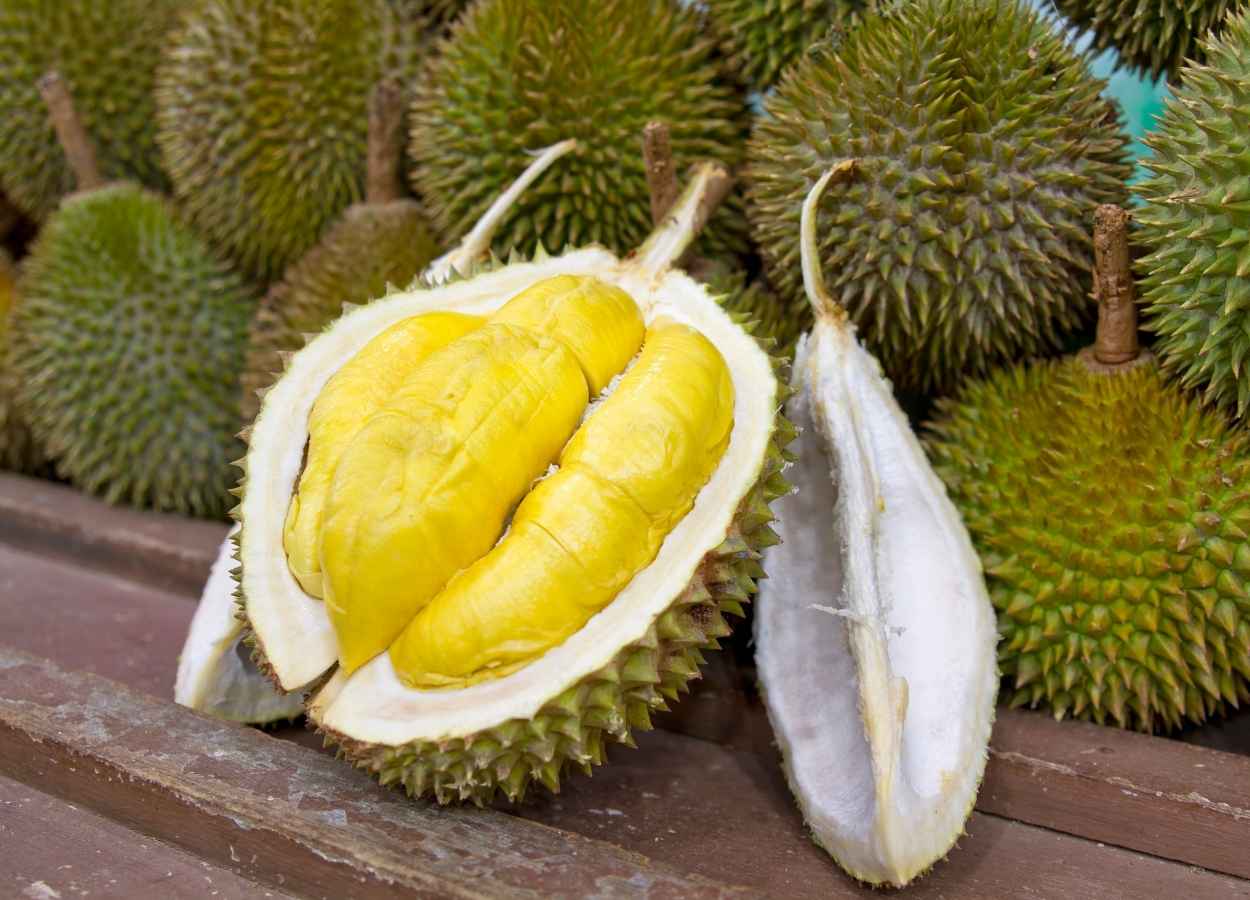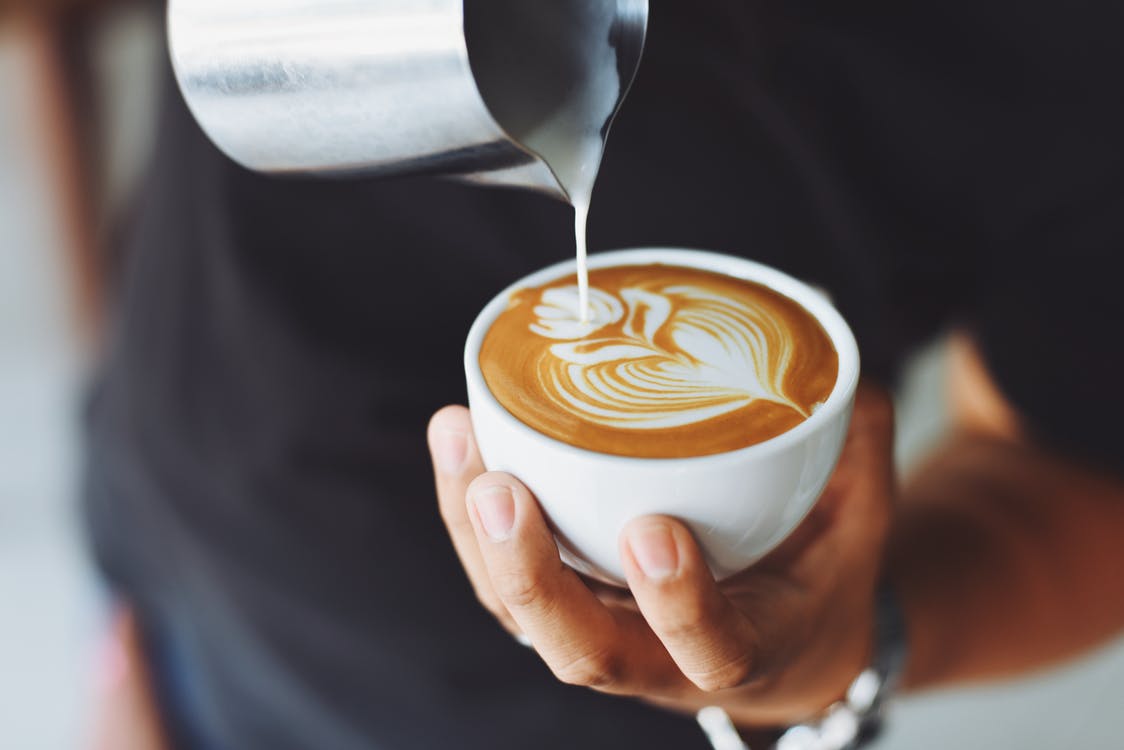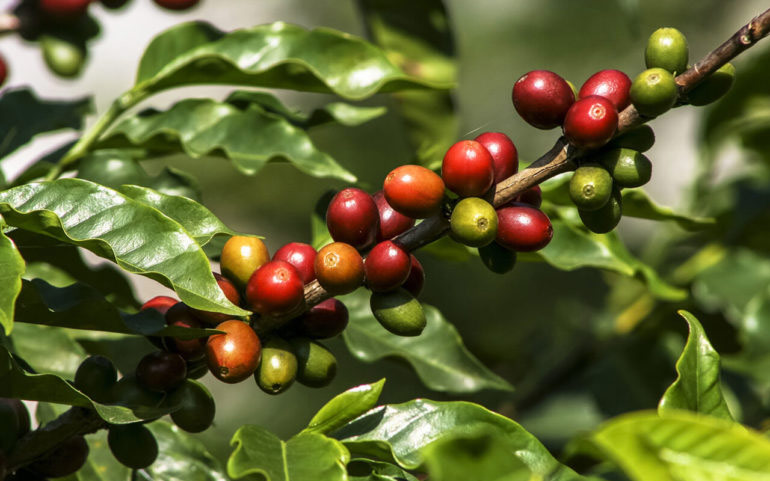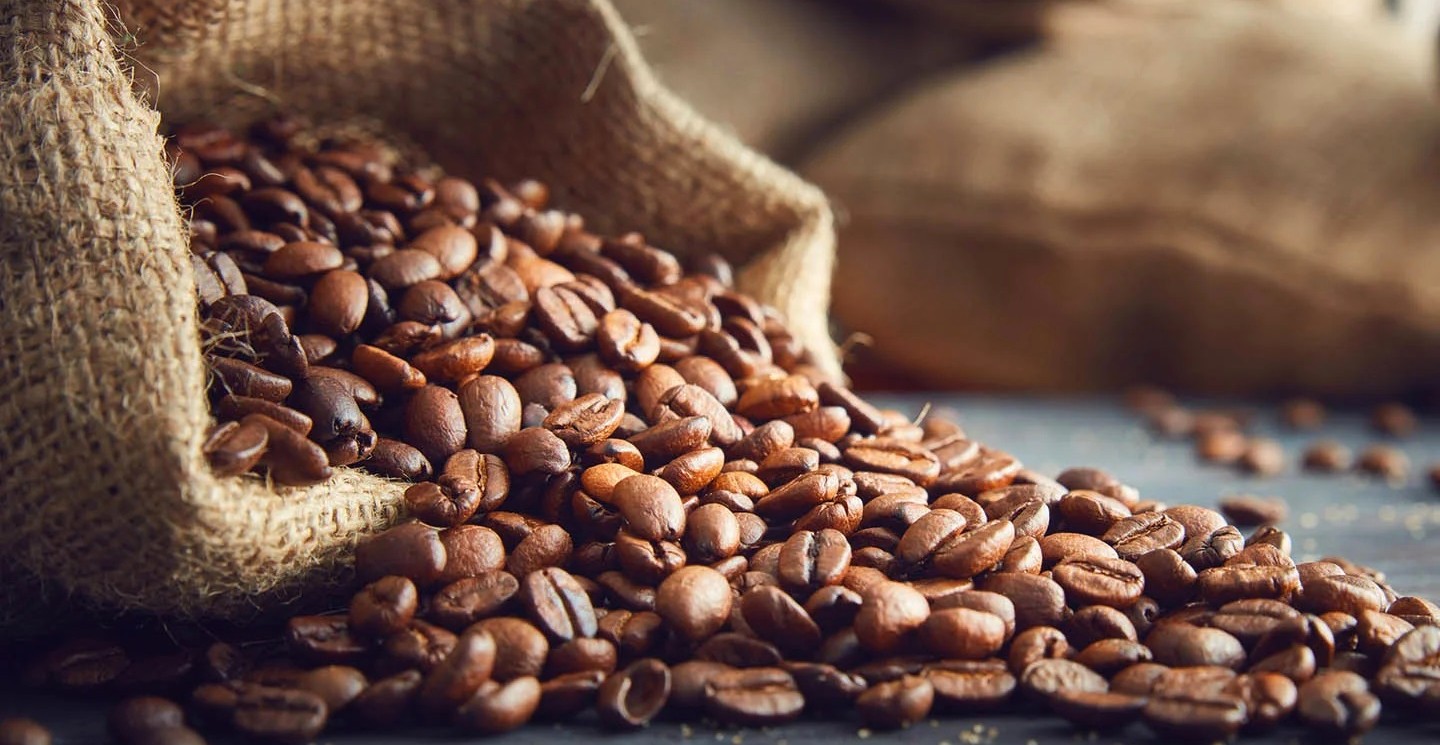A perfect storm of factors, which surprisingly includes durian, has led to a record-setting spike in the price of coffee beans.
Can you imagine paying RM20 or more for a cup of coffee in Kuala Lumpur? Or $8 in New York City? That sounds steep, but according to reporting by the BBC, these prices could soon become the norm due to a “perfect storm” of environmental and economic factors in top coffee-producing regions.
The price of unroasted beans has hit a “historically high level,” according to industry analyst Judy Ganes. This surge is being driven by a combination of poor crop yields, market forces, dwindling reserves – and even the impact of durian, the world’s smelliest fruit.
In 2021, Brazil – the world’s largest producer of Arabica beans – saw a freak frost wipe out much of its coffee crop. This led buyers to seek alternatives from Vietnam, the largest producer of Robusta beans, which are typically used in instant coffee. However, Vietnam faced its own issues with the worst drought in nearly a decade, putting a strain on global supply.
Climate change has been affecting coffee plants, explains Will Frith, a coffee consultant based in Ho Chi Minh City, and this has impacted yields. Making matters worse, some Vietnamese farmers switched from coffee to the odorous but highly lucrative durian fruit, which has gained popularity in China. Beloved by some and reviled by others, the durian is notorious for its strong smell and is banned on public transport and in hotels across several Asian countries, including here in Malaysia, but it’s become a booming market for Vietnamese growers.

Between 2023 and 2024, Vietnam’s share of the Chinese durian market nearly doubled, with some estimating that durian can be five times more profitable than coffee. As a result, Robusta coffee exports from Vietnam dropped by 50% in June 2024 compared to the previous year, and stocks are now “near depleted,” according to the International Coffee Organisation.
Countries like Colombia, Ethiopia, Peru, and Uganda have ramped up their coffee exports, but not enough to ease the tight global supply. This has pushed both Robusta and Arabica beans to near-record prices on commodity markets.
A STORM IS BREWING
Is the global coffee market turmoil trickling down to your local coffee shop? The short answer: probably.
As reported by the BBC, Paul Armstrong, a UK-based coffee wholesaler, believes that consumers in that country could soon be paying over £5 for a cup of coffee. “It’s a perfect storm,” says Armstrong, who runs Carrara Coffee Roasters in the East Midlands. His company imports beans from South America and Asia, roasts them, and supplies them to cafés across the UK. He recently raised his prices to account for higher costs, but says those prices have only continued to climb.

With some of his contracts set to expire soon, Armstrong says cafés will need to decide whether to pass these increases on to their customers.
Frith points out that the biggest price hikes are likely to hit the commercial coffee sector. “Instant coffee, supermarket coffee, gas station coffee – that’s where prices will really rise.”
However, industry figures warn that higher wholesale prices don’t always translate directly into steeper prices for consumers. Felipe Barretto Croce, CEO of FAFCoffees in Brazil, says consumers are “feeling the pinch”, but attributes that more to general inflation, such as higher rent and labour costs, rather than the cost of coffee beans themselves. In fact, it may surprise you to learn that the beans themselves account for less than 10% of the price of a cup of coffee, according to consultancy Allegra Strategies.
“Coffee is still quite affordable if you make it at home,” Croce adds.
Interestingly, with lower-quality beans becoming more expensive, high-quality coffee may now appear to be a better value for money. “The price difference between a cup at a specialty shop and one at a chain café is much smaller than it used to be.”

LOOKING AHEAD
Looking forward, all eyes are on the upcoming spring crop in Brazil, which produces a third of the world’s coffee. Croce says that the key factor will be the timing of the rains. “If the rains come early, the plants should be healthy and the flowering season strong. But if they’re delayed until October, next year’s crop will suffer, and market stress will continue.”
In the long term, climate change poses a serious threat to global coffee production. A 2022 study concluded that even if greenhouse gas emissions are drastically reduced, the area suitable for growing coffee could shrink by up to 50% by 2050.
One solution to support farmers and the environment, according to Croce, is a “green premium” – a small tax on coffee that would help farmers invest in sustainable agricultural practices.
In the meantime, keep an eye on prices at your favourite coffee shop, and if they jump up, try not to be too hard on the durian. While the durian might be partially to blame for the ongoing coffee price hikes, it’s the larger issue of climate change that may pose the greatest challenge to keeping coffee affordable in the future.


















